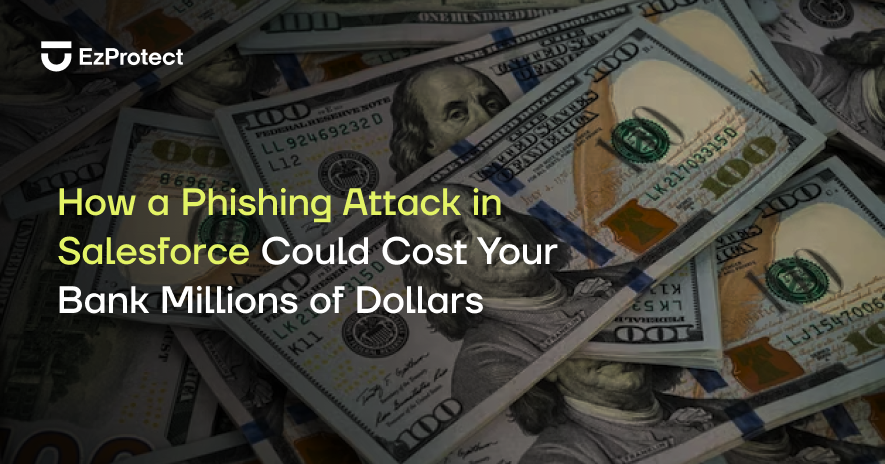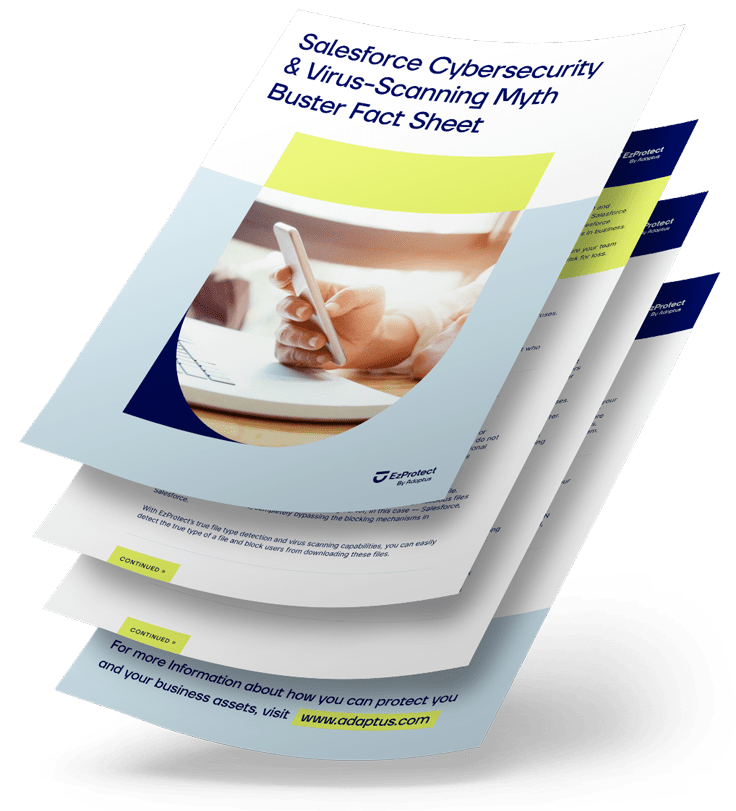Share
Banks have become one of the top and easiest targets of hackers, and the number of cyber incidents is escalating now more than ever. As per the Statista data, there have been 2527 reported cases of cyberattacks in 2021, whereas only 721 cases were there in 2020. Negligence in safety protocols and human errors are some reasons leading to the rise in the number of cyberattacks.As this is the generation of digital wallets and cryptocurrency users, attacking those platforms also provides threat actors with a huge financial benefit. Take a look at how phishing and other attacks can cause financial and reputational loss. In this blog, you can also find the best ways banks can be on the safe side.
The Dreadful Case of Phishing Attacks on ATMs
In 2018, an ATM theft case called the Lazarus heist created a buzz around the world when the attackers stole $14 million from a bank in nearly two hours. This raid started when the threat actors tricked people into collecting the maximum amount of cash from ATMs in 28 different countries using cards from Cosmos Bank, located in Pune, India.
When Visa, a card payment company, informed the bank about the large amounts of cash withdrawals from different ATMs, the team at Cosmos Bank found no such transactions. However, around $14 million had already been lost by the time the bank knew about the abnormal withdrawals. In just 2 hours and 13 minutes, the criminals were able to perform this high-level theft, putting everyone in shock. Inspired by the ransomware, experts named the hackers as the Lazarus group, who executed a bank theft with amazing synchronization. You can learn the details about the entire incident here.
How Could Banks in Salesforce Lose Millions Through Phishing Attacks?
Phishing attacks are performed by fraudsters who earn people’s trust by tricking them and collecting all their valuable information, including usernames, passwords, and other details, etc. Most attacks happen through emails, where they usually ask the recipient to download something or click on a given link. But when it comes to large-scale scams in banks, the attackers can use multiple types of techniques.

Here are some examples to show the ways phishing attacks can cause damage to banks.
- Approving Mass Loans:
Suppose your bank uses Salesforce for creating and approving loans. There may be some other devices connected to your Salesforce for managing the loan process. However, attackers may see these devices as an opportunity to hack the loan approval system and access Salesforce.
Sometimes the attackers may initiate a lot of loans in the bank’s system in Salesforce. Then, they will access the authorized loan officer account in Salesforce and approve all loans, causing huge monetary losses for the bank. In this case, the attackers do not even have to penetrate into other systems, they just need to access Salesforce.
- Getting Credit Card Details:
Using phishing attacks, online criminals may manipulate bank personnel to gain the corporate username and password. Now they can access the customer contact list in Salesforce, send emails as bank personnel, and persuade people to share their card details. Once they know the card details, they can misuse them to their benefit.

Other Threat Types That Put Banks’ Salesforce Security At Risk
After learning how a phishing attack on Salesforce could result in a bank suffering a huge loss, you may wonder what other attacks are out there that put banks in danger. Well, here is the list of cyberthreats other than phishing attacks that banks may encounter.
- Trojans: These are malware-filled files that appear as genuine programs but are actually fake applications. For stealing important credentials from banks and other financial institutions, attackers use the Banker Trojan. Using the malicious application, the threat actors can access data and online banking systems.

- Spoofing: Generally, the online criminals create a clone website of a bank for this type of cyberattack. They may also send the website links to the bank users through emails or text messaging. When users’ login to their accounts, then the hackers gather all the credential information.
- DDoS: In this attack, a myriad of fake connection requests are sent to the bank server. Due to the large number of requests, the server cannot handle the load and goes down.
- Ransomware: It is another cyber threat to banking institutions. Here, the threat actor encrypts essential data using malware and prevents the victim from accessing it until a certain ransom is paid. Not just banks, these attackers also target cryptocurrencies and their trading systems.
6 Ways to Secure Banks That Use Salesforce From Cyberattacks
Even though cyber threats are increasing day by day, banks can still manage to protect their data from getting exploited. Here are some practices that financial institutions can use to enhance their cybersecurity.
1. Monitor the Behavior of Users:
Noticing abnormalities in user behavior early is important for preventing cyberattacks on Salesforce. In Salesforce, you can find the event monitoring tool that allows you to observe the activities of users. Here you can access time logs for around 30 days and check for any suspicious acts.
2. Enable Multi-factor authentication:
Spoofing attacks on banks can be easily prevented by using multi-factor authentication. As users have to go through multiple steps for user verification, they may not find the same features on the fake or cloned website.
3. Perform Regular Health Check:
Leveraging the Salesforce tool named Health Check for maintaining the data security in banks is a great idea. Attackers look for gaps in your system that they can exploit to cause damage. However, Health Check finds those gaps and allows you to monitor the critical risks on your system so that you can fix them on time.

4. Use a Virus Scanner for Vulnerability Testing:
In several attacks, the threat actors sent malicious URLs and files for accessing banks’ Salesforce accounts. But one can protect against those scams through vulnerability testing through a virus scanner. EzProtect is an amazing platform for identifying vulnerabilities and potential threats in the Salesforce system and protecting banks from losing millions.
5. Control Access to Information:
When users get more information than they need, the chances of data misutilization increase. Therefore, it becomes essential to control the permissions given to users. By using permission sets, sharing rules, and user profile settings, you can manage information access.
6. Implement Salesforce Shield:
This platform allows you to encrypt valuable information like credit card or bank details, PII, etc., so that attackers cannot easily gain the information. Moreover, the Field Audit Trial tool in Salesforce Shield stores data for around 10 years and helps banks maintain compliance.
Wrapping Up
With a plethora of offerings, Salesforce has now become a big part of banking institutions. However, the growing rate of cyberattacks may be a concern for banks. From phishing attacks to ransomware, threat actors are applying all types of techniques to make monetary gains. To protect banks from financial loss and reputation damage, enhancing Salesforce security is the first step. The above-mentioned security practices protect banks from potential threats so that they can leverage their Salesforce investment without any troubles.
Concerned about your Salesforce security and want to know about the risks?
Contact us today and book a free security assessment to find out the risks present in your system. If you are interested in learning more about Salesforce security, subscribe to our mailing list right away and enjoy tons of unique content.

Share
Did you love this blog and wish there could be more?
It is our goal to keep you informed about everything you need to know about Salesforce security to keep your Salesforce data and company safe and secure by providing you with the highest quality of original content.
If this sounds good to you, then sign-up below to be one of the first to know when the next super awesome Salesforce security blog has been released.


